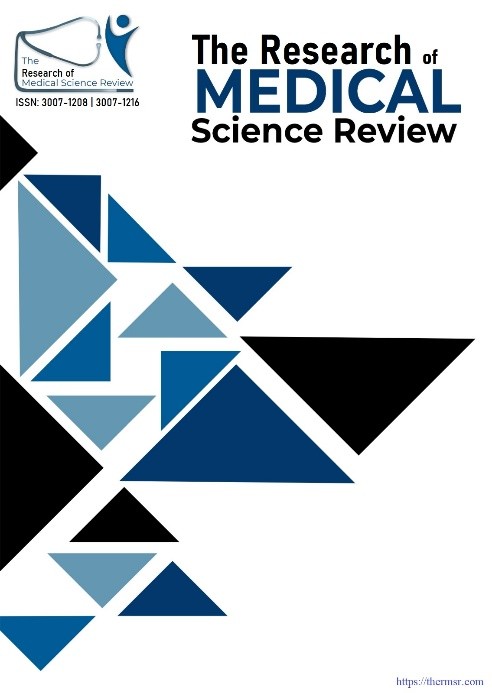EMERGING TRENDS IN CHEMISTRY, ZOOLOGY AND PROMINENT FEATURES OF MUNG BEANS
Main Article Content
Abstract
One of the most significant areas is organic synthesis, which refers to the art and science of creating complex organic molecules from simpler ones. Benzodiazepines are a significant category of biologically active compounds, and the synthesis of these compounds has garnered a lot of attention in the field of medicinal and pharmaceutical chemistry. There is a limited quantity of information that is particular to species that is accessible for the bulk of the non-domesticated fish species that are presented in the majority of aquariums and zoological settings. For the vast majority of fish species that are maintained in captivity, the particular dietary needs remain unknown. Although there are commercially available formulated meals for aquaculture species like as carp, salmonids, and catfish, these feeds are often not suitable for the wide variety of fish species that are kept in public aquariums. Mung beans are among the most significant legumes that grow throughout the summer months and have a brief growth season. Mung beans have a broad range of uses all over the world, including in the fields of agriculture, health food, pharmaceuticals, and cosmetics. In addition to its anti-inflammatory and anti-microbial properties, mung beans have been demonstrated to contain antioxidant properties. In addition, mung beans have a number of beneficial benefits, including those that are anticancer, antihypertensive, antitumor, and lipid metabolism accommodation.
Downloads
Article Details
Section

This work is licensed under a Creative Commons Attribution-NonCommercial-NoDerivatives 4.0 International License.
